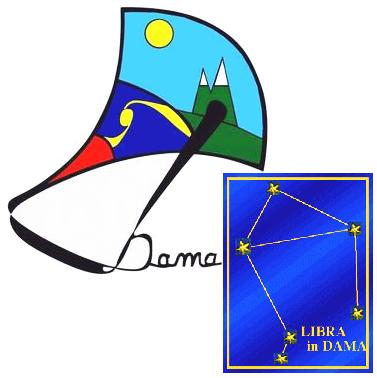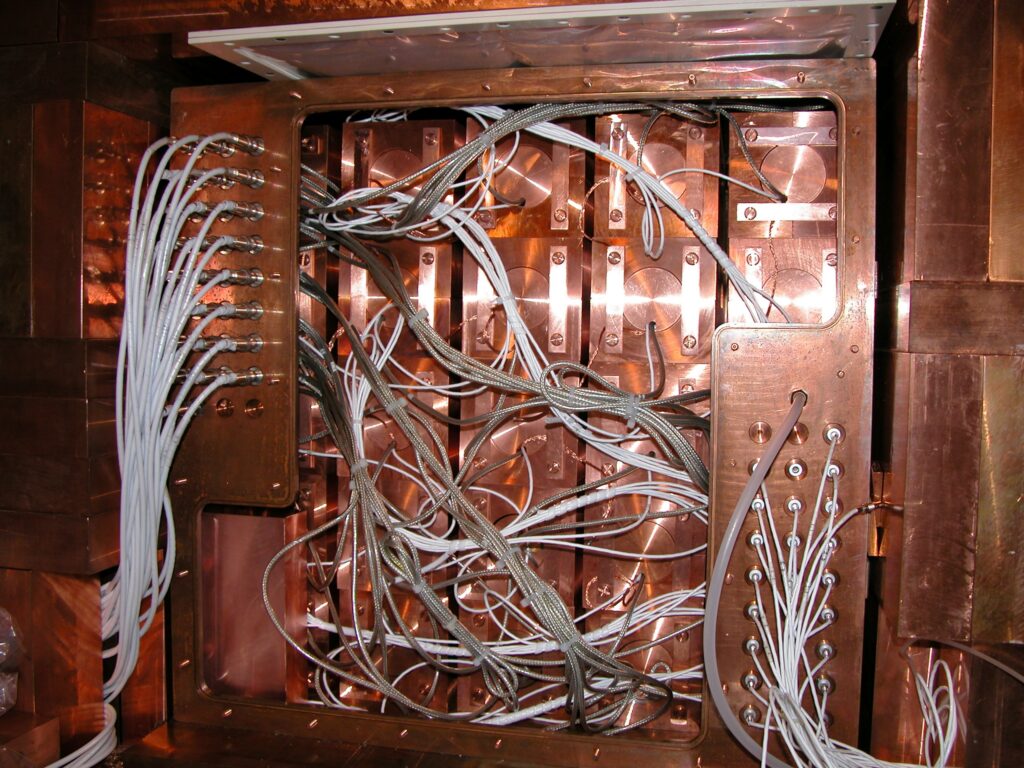
The DAMA project (link: https://dama.web.roma2.infn.it/), located at the Gran Sasso National Laboratories of INFN, is an observatory dedicated to the study of rare processes through the development and use of high radiopurity, large-mass scintillation detectors. The main area of research is the investigation of dark matter (DM) particles in the galactic halo and the search for other rare processes (such as double beta decay modes in various isotopes, charge non-conservation processes, processes that violate the Pauli exclusion principle, nucleon instability, the search for solar axions and other more exotic particles).
The first of the various set-ups was DAMA/NaI (100 kg of highly radiopure NaI(Tl)), which completed its activity in July 2002. The second and third-generation set-ups, DAMA/LIBRA and DAMA/LIBRA-phase2 (Large sodium Iodine Bulk for RAre processes), continued DAMA/NaI’s investigations with a larger sensitive mass (250 kg of highly radiopure NaI(Tl)) and increased sensitivity. These latest DAMA experimental set-ups confirmed the evidence of an annual modulation signal that meets all the “model-independent” requirements associated with the presence of dark matter candidates in the galactic halo, previously reported by DAMA/NaI. This result, obtained by combining over 20 years of observations, is compatible with a wide variety of DM candidates, interactions, and scenarios. No systematic or side effect capable of mimicking the exploited DM signature (i.e., able to account for the full measured modulation amplitude and simultaneously satisfying the many peculiar features of the observed signature) has been found or proposed by anyone over several decades. Other highly radiopure set-ups, such as DAMA/LXe, DAMA/R&D, DAMA/CRYS, and DAMA/Ge, have produced very interesting and competitive results in the investigation of various rare processes.

References








